Art in NYC: Constantin Brancusi Sculpture at MoMA
Carefully selected from its own collection and archives, MoMA’s exhibition Constantin Brancusi Sculpture presents the ultimate concept of elegance and essence; on view July 22, 2018 – June 15, 2019
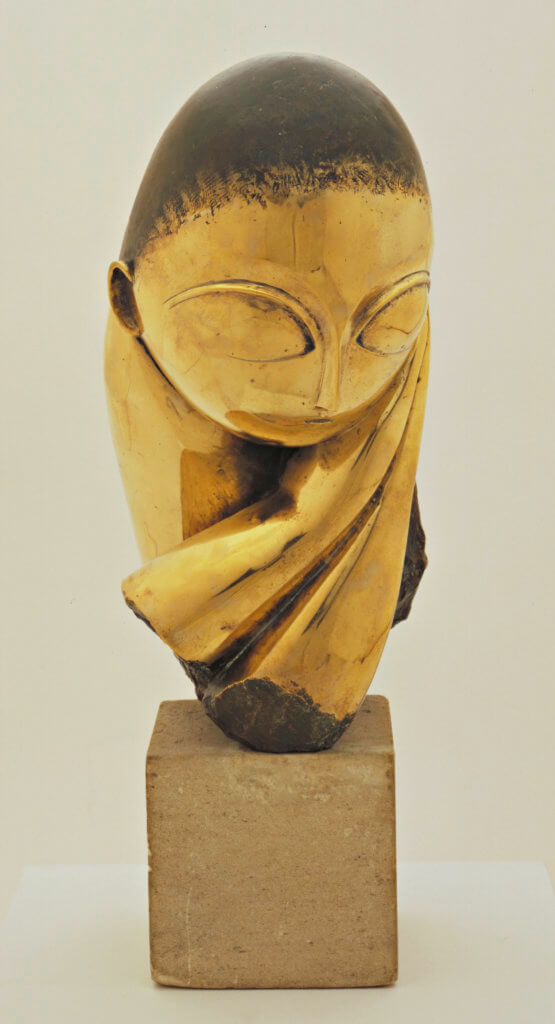
Graceful and ascetic, the works by Constantin Brancusi, the forefather of the modernist sculpture, are on view at Museum of Modern Art (MoMA) until June 15, 2019. A gallery housing the show projects an air of the highest purity and beauty that the object can reach. Brancusi was well-known for his aim to represent the object’s essence stripped bare from its superfluous covers. MoMa’s exhibition of the wisely selected artworks pinpoints exactly that.
Each piece in the collection shows the core and the inner soul as conceptualized by the artist. And while Brancusi was constantly perfecting his depiction of certain ideas be it a bird, a fish or a muse, each sculpture on view conveys a sense of successful resolution in the hands of the master.
The exhibition features 11 sculptures and an array of photographs, films and rare drawings from the MoMA collection. The works are organized in a loose chronological order starting from the early works from 1908 and leading to the later pieces from the 1940s.
Stay in the know about future events and offers by subscribing to our newsletter Subscribe
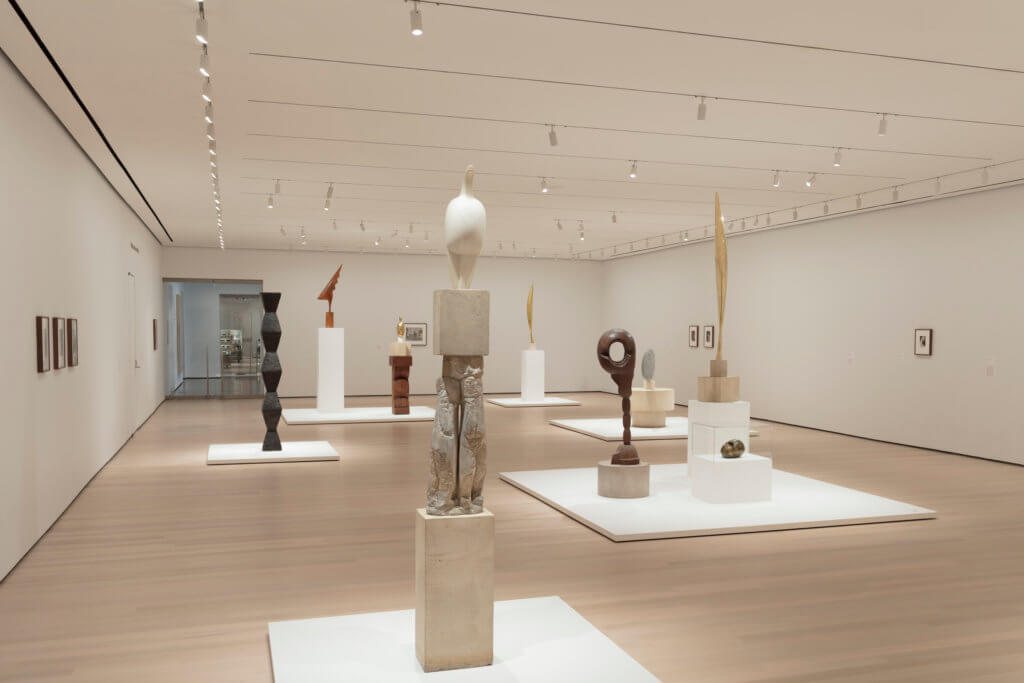
Constantin Brancusi (1876 – 1957) grew up in the peasant family in a small village nestled in eastern Romania’s Carpathian Mountains region. The area was and still is well-known for its rich tradition in woodcarving and folk crafts. From early years Brancusi was showing a talent for woodwork which brought him to a larger town in the region. There in his teenage years, he impressed a patron at the establishment where he was working at the time with a handmade violin. That led to his studies at the school of arts and crafts followed by an enrollment to Bucharest School of Fine Arts to receive the formal training in sculpture.
In 1903 he traveled to Paris via Munich where he settled for good. Paris in the early 1900s was brimming with new artistic movements and Brancusi was quickly immersed in the artists’ community. He worked for two years in the workshop of Antonin Mercié of the École des Beaux-Arts, and was invited to enter the workshop of Auguste Rodin. However, after only two months at Rodin’s workshop, he left saying that “Nothing good growth under the big trees”.
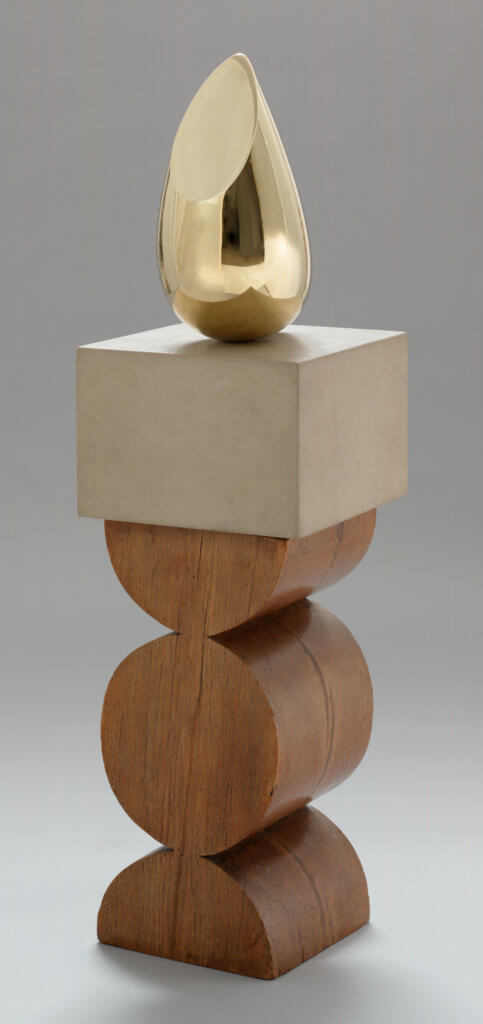
At that point he started working on his own ideas of representation which developed into a distinct and beautiful style of bare geometric forms, touching lines, and gliding surfaces. From the beginning of his artistic career, he used carving methods resembling craft carving skills from his native Romania unlike modeling clay favored by his peers. Wood and stone cast in bronze were his preferred media. Brancusi also designed the bases for his sculptures to be the integral parts of the artworks. His use of different material for the sculpture and the pedestal helped him make accents and contrasts while adding originality.
The theme of a bird was important for the artist throughout his career. Maiastra, the piece that is opening the exhibition at MoMA, is Brancusi’s first representation of the bird. It sits on a limestone pedestal which is a sculptural work on its own. In Romanian folklore, the Golden Bird brings healing and cure to the sufferers.
Brancusi made 36 different representations of a bird. He kept refining the concept, adding new material, streamlining the details. Two versions of the Bird in Space are there, one from 1928 and another one from 1941. They make a perfect example of the evolution of the artist’s creative vision. Brancusi was known to make each piece anew not using the molds for multiple reproductions. As MoMA’s curators point out, Brancusi used to explain “I never make reproductions”. That renders each work unique and loaded with the new meaning. The approach could be a reason for the skyrocket high auction prices for his sculptures. This year La Jeune Fille Sophistiquée, 1932 was sold for a record $71MM beating the previous year high of $57MM for Sleeping Muse from 1913.
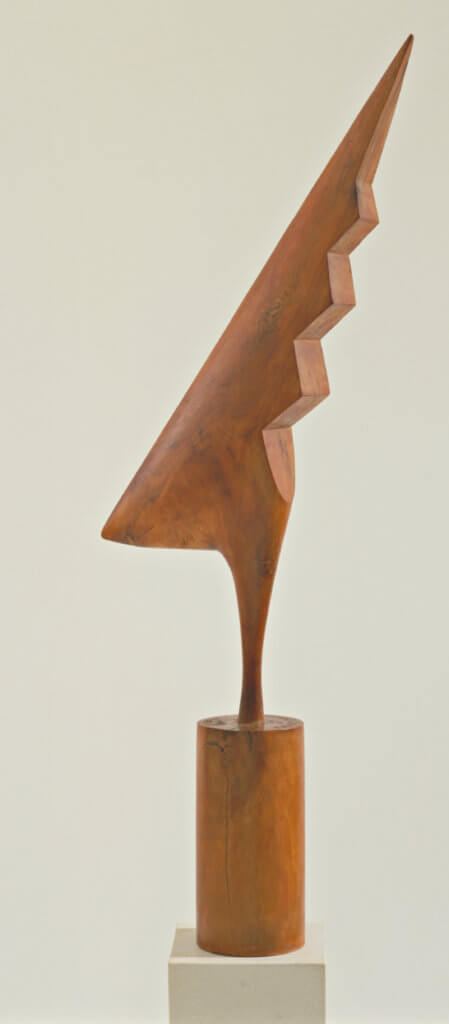
The first time the sculptures by Brancusi were exhibited in America was at the 1913 Armory Show in New York City. The show introduced new art and new artists to the New Yorkers. But it takes some time to absorb and accept the novelty particularly of an artistic expression. At the time, the show in the words of The New York Review of Books positioned Brancusi as “a symbol of all that was disturbing and “deranged” about modern art.” That didn’t contribute to a widespread interest in Brancusi’s art even though he had faithful patrons and supporters. In the late 1920s, one of his versions of Bird in Space was even stopped at the US customs with the authorities questioning its artistic merit and labeling it an industrially manufactured kitchenware item subject to heavy import tax. The dispute was eventually resolved in Brancusi’s favor with the judge reluctantly agreeing that the abstract form can be viewed as art.
The widespread recognition of Brancusi’s works in America came after the WWII when the modernist art started its triumphant march into the mainstream culture. This year there are two exhibitions of Brancusi’s works – this one at MoMA and a smaller one at the Guggenheim. See for yourself the beauty of the perfect forms and the deep essence of the objects!
Dates: July 22, 2018 – June 15, 2019
Venue: 11 W 53rd St, New York, NY 10019
MoMA is undergoing a reconstruction which is slated for completion in 2019. Follow the bright street signs for the entrance and don’t forget to stop by the tranquil inner garden.
Use Promo Code TMNTX (if applicable)
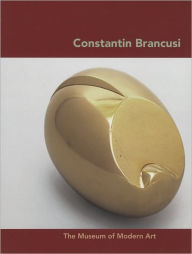
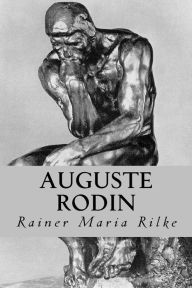
One thought to “Art in NYC: Constantin Brancusi Sculpture at MoMA”
Comments are closed.